Have a question?

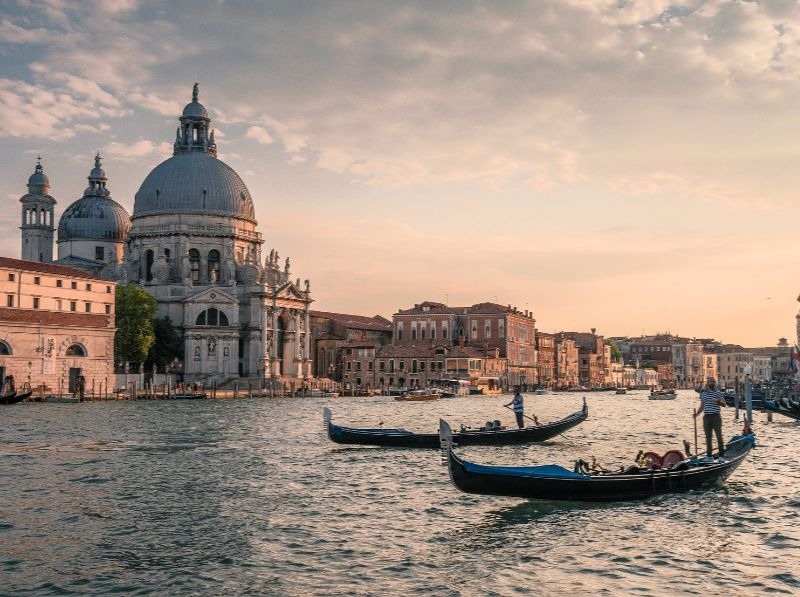
Updated September 17, 2023
With some local help, we put together answers to all your pressing questions about travel to Italy. This FAQ includes information about transportation, safety, cities, prices, food, and more.
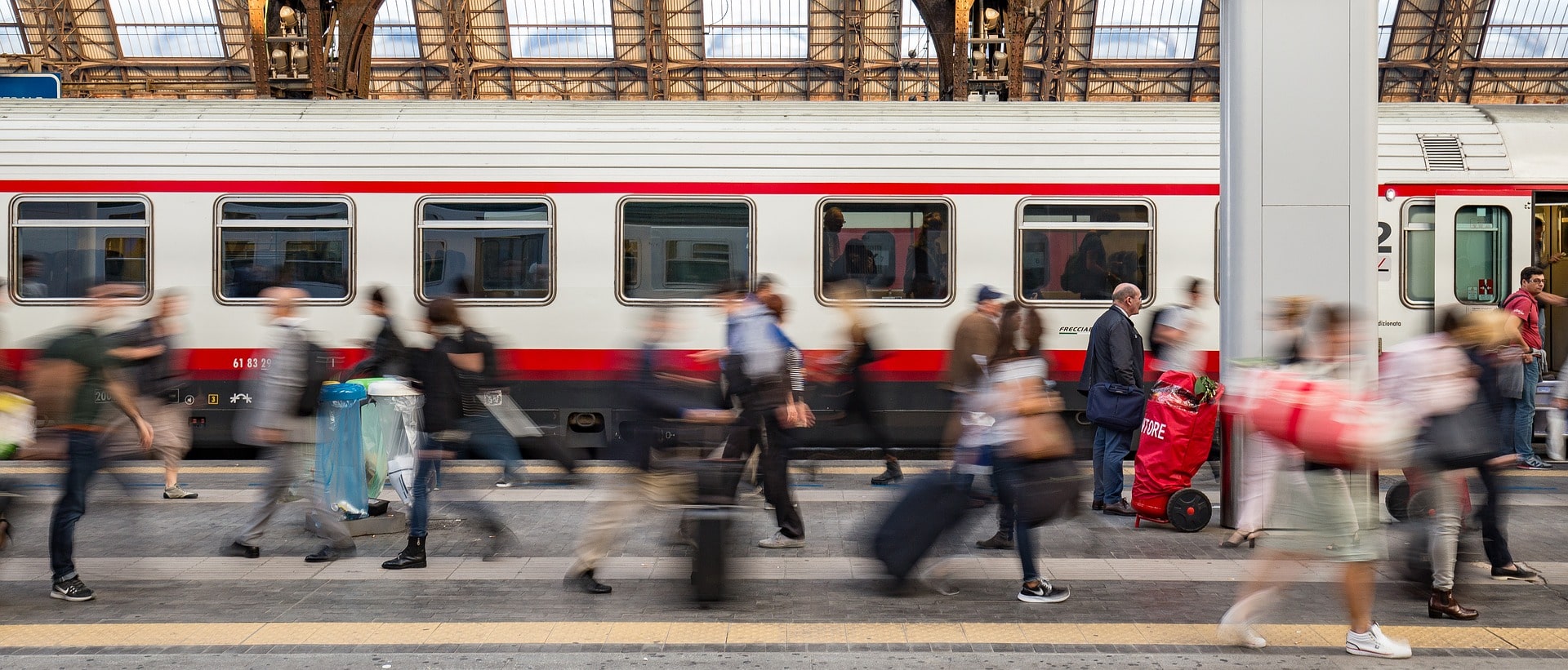
A: Good news! Like most big European countries, Italy offers tons of great transportation options. Here we’ll cover transit within Italian cities as well as traveling throughout the country.
Many, but not all, Italian cities have metro trains. You’ll definitely find metros in bigger cities like Rome, Milan, and Naples. Buses are another good, common, cheap option, but do be aware that bus stations can be hubs for pickpockets (as in most big cities). Download an app like CityMapper to make navigating the city a breeze.
Otherwise, you have the ole reliable options: Uber and taxis. Yes, Uber does exists in Italy! It is pretty rare, but you can find it in big cities like Rome and Milan. If you choose to take a taxi, keep in mind that some visitors to Italy report getting scammed. To make sure you don’t have any problems, you can try an app like MyTaxi or have your hotel call cabs for you.
Traveling between cities in Italy is quite easy. You can, of course, rent a car, but Italy’s train system is extensive and simple to use. You’ll have a choice to use the national railway, Ferrovie dello Stato Italiano, or one of the privately run companies, such as Italo, which offers high-speed train travel.
Local tip: Before you get on the train, be sure to validate your ticket. You’ll see plenty of validation stations at the train station.
A: In normal circumstances, yes—Italy is a safe place for travel. Here's what you need to know about traveling to Italy in the age of the coronavirus:
June 17th: Italy has lifted its travel restrictions for select countries. Citizens from the EU, the UK, or from within the Schengen Zone can travel to Italy. They do not have to quarantine.
However, Italy still has travel restrictions for citizens of countries outside of Europe.
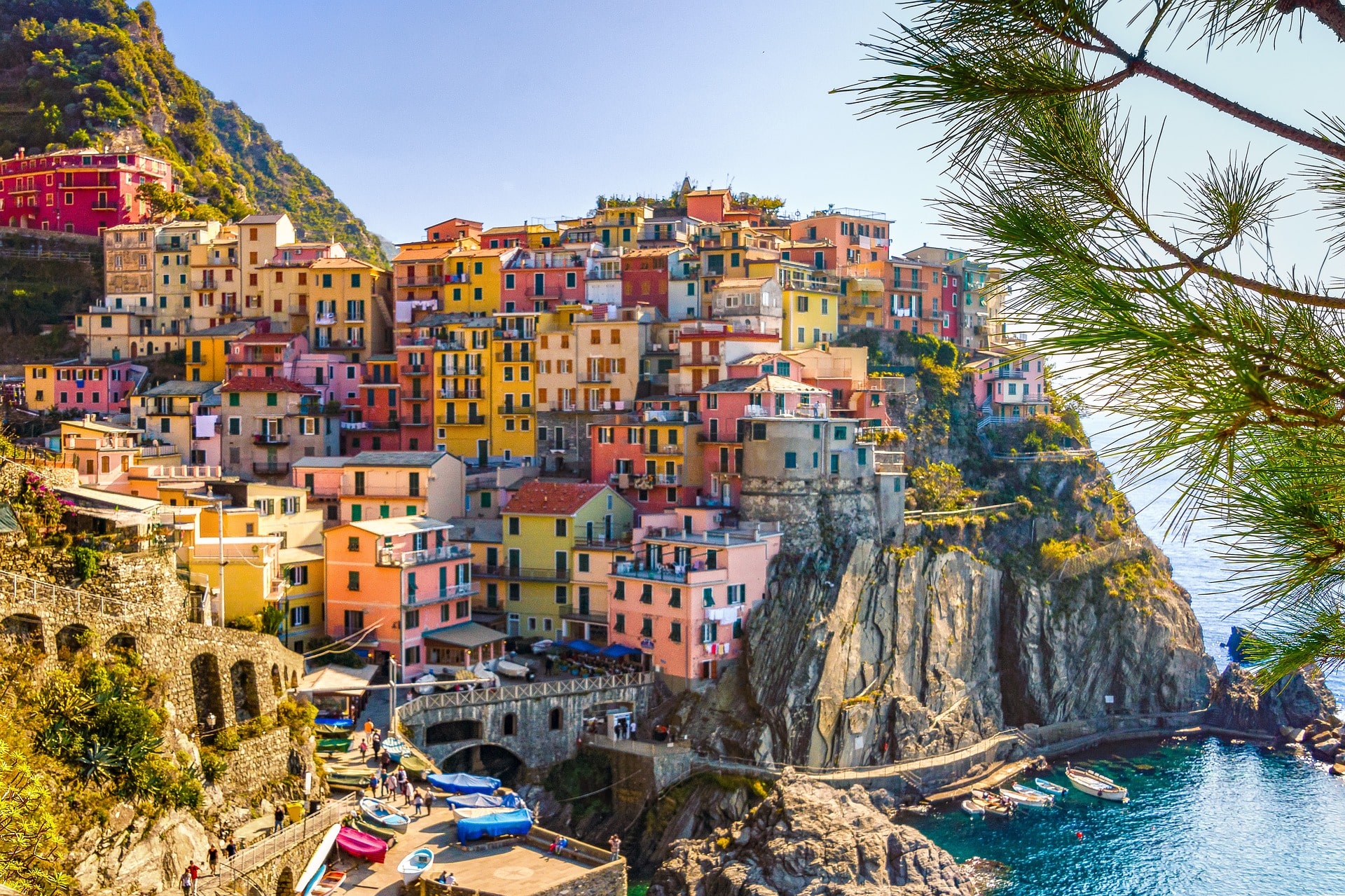
A: In our opinion, there is no bad time to visit Italy—the country is amazing all year round! But here are some good things to know:
Still—Italy is wonderful no matter the time of year. You’ll find all sorts of different festivals and holidays, and always plenty of things to do, eat, and see. Do keep in mind that certain activities are seasonal—if you want to tour wineries in Tuscany, remember that many are closed in the winter.
A: Where to stay in Italy depends entirely on you—your budget, what activities you’re most interested in, and what kind of food you’re curious to try! Locals say that some of the top cities in Italy include:
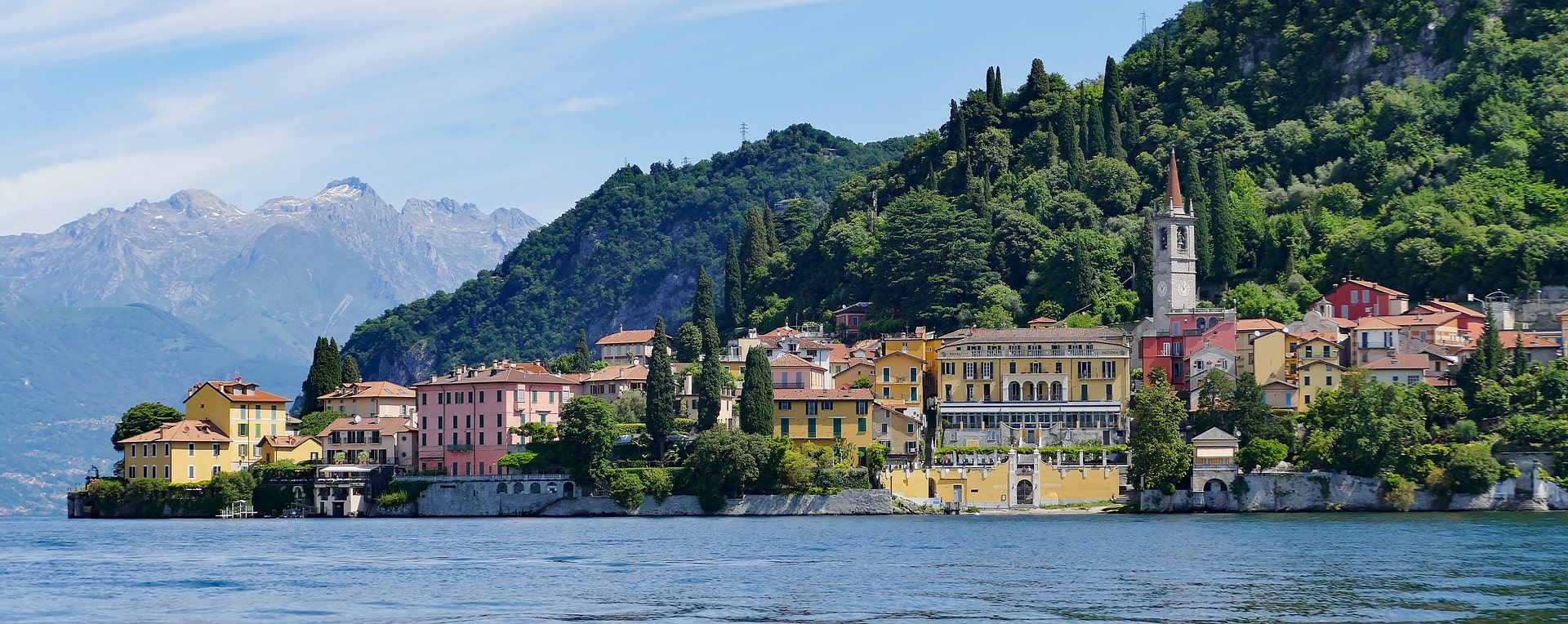
A: Heck yes. There are so many amazing cities in Italy besides Rome (and other big, popular destinations). For example, Padua, near Venice, is an amazing place to visit in Italy if you want the romance of Venice without the crowds.
A: Here’s some good news for our budget travelers to Italy—Italy is generally less expensive than countries like the United States. Of course, you can find expensive meals and lodging (hello, Milan is one of the world’s most glamorous cities). But taking the train isn’t that expensive, and it’s easy to find cheap meals—a pizza in Italy is about 8–10€, beer can be found for less than 5€, and you can often find espresso for only 1€.
Local tip: You don’t need to tip in Italy. If you had a good meal at a restaurant, you can leave 1€ per diner or anything under 10%. Although tipping 15%–20% is normal in the United States, this is considered rather exorbitant in Italy.

A: The pizza and pasta are out-of-this-world delicious, but Italy offers way more culinary choices.
A: You’re right, Italy has so many great cultural sites—churches, ruins, art galleries, old palaces—so it can be hard to pick.
If you love history, spend time exploring the Roman Forum. If you’re all about art, be sure to visit the Gallerie Degli Uffizi. If you dream about brightly colored, cliffside houses near the sea, be sure to visit places in Italy like the Amalfi Coast and Cinque Terre.
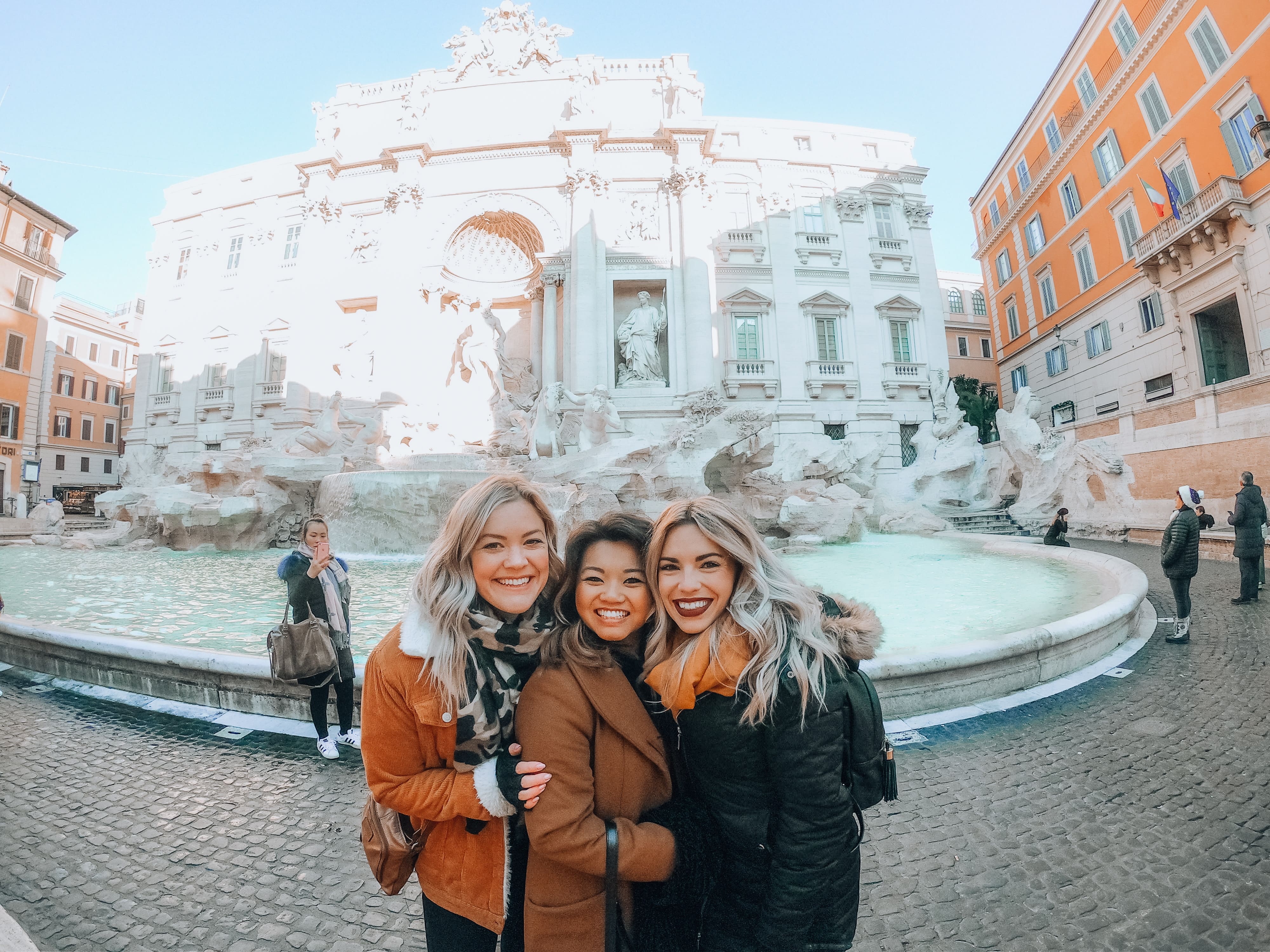
A: We’ll be honest—even if they can get crowded most of Italy’s big sights are amazing, especially if you love history, art, or gorgeous architecture (all of which you’ll find in abundance).
But we’ll give this piece of advice—after seeing a popular sight like the Trevi Fountain or the Leaning Tower of Pisa, walk a few blocks for your espresso or end-of-day drink—you’ll find cafes that are less crowded, less touristy, and less expensive!
A: Although Italy has over 130 airports, you only really need to know about the big, busy, international hubs:
Where you fly into will depend on where you plan on visiting first. Once you arrive, many of the big airports (FCO, MXP) offer an easy train connection to the center of town.
A: It’s always helpful to know a few phrases when you travel. Locals suggest learning the basics, like:
Hello: Buongiorno (formal)/ Ciao (informal)
Goodbye: Arrivederci (formal)/ Ciao (informal)
Please: Per favore
Thank you: Grazie
You’re welcome: Prego
Where is the...: Dov‘è la/il..
How much is this?: Quanto è?
A: Not if you're traveling for under 90 days.
A: Sure! As long as your card has a chip.
It’s always good to have some euros on hand, however. And be sure to tell your bank about your travels—otherwise, they may put a freeze on your account. You can withdraw euros from ATMs like you would in the US, but you may be charged an extra fee—and be aware that if your pin number is longer than 4 digits, European ATMs may not accept your card.
A: Italy uses different outlets than the United States. Fortunately, it’s easy to order a converter from somewhere like Amazon before you go (you’ll probably find them at the airport, as well—they’re the standard European 2-round-pin ones).
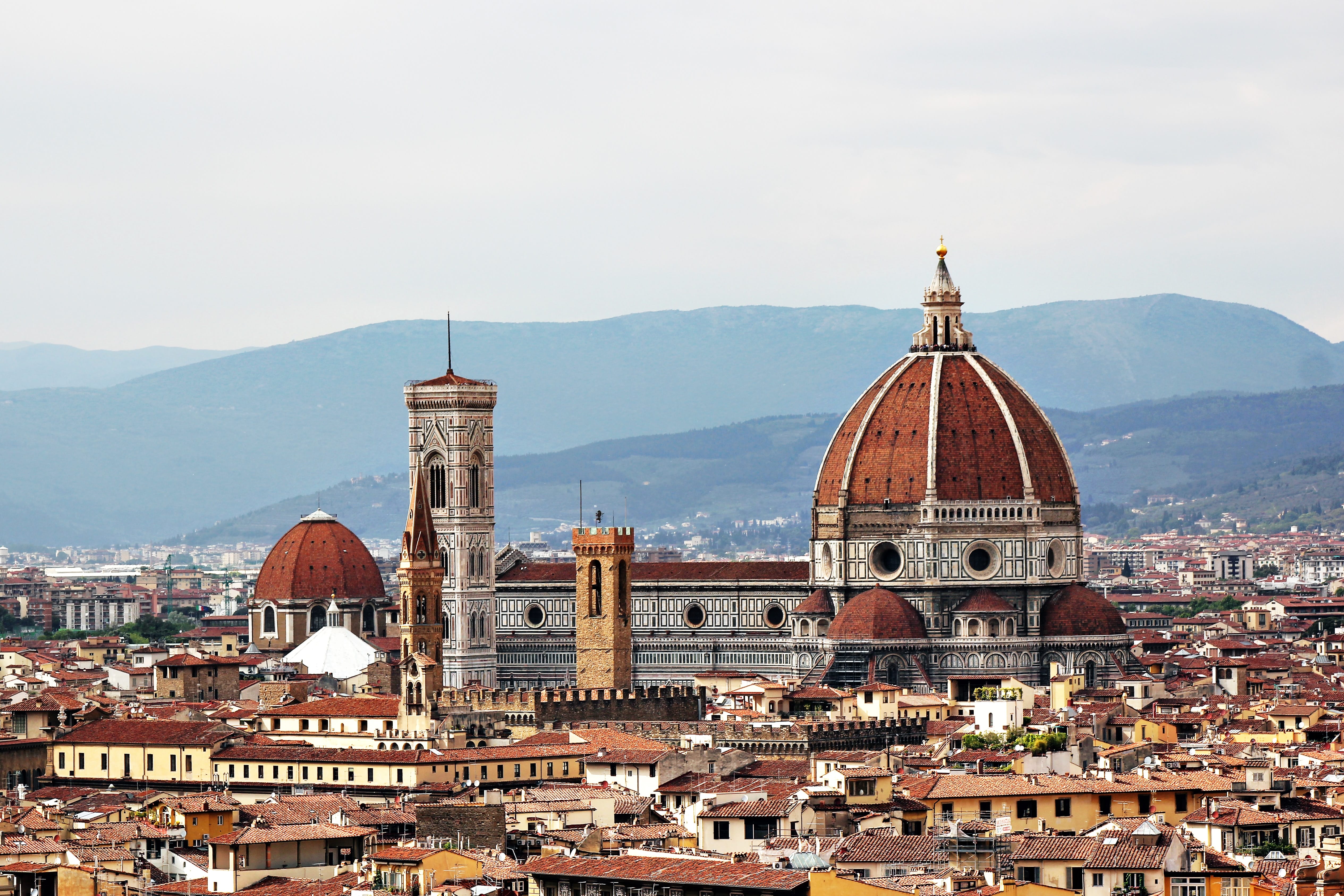
A: Here are a couple of additional travel tips:
How should we contact you?
Call
Thank you! We'll get back to you as soon as possible!
Click to register and track your question!
If you would like to follow up with us:
+1 (855) 782-3006